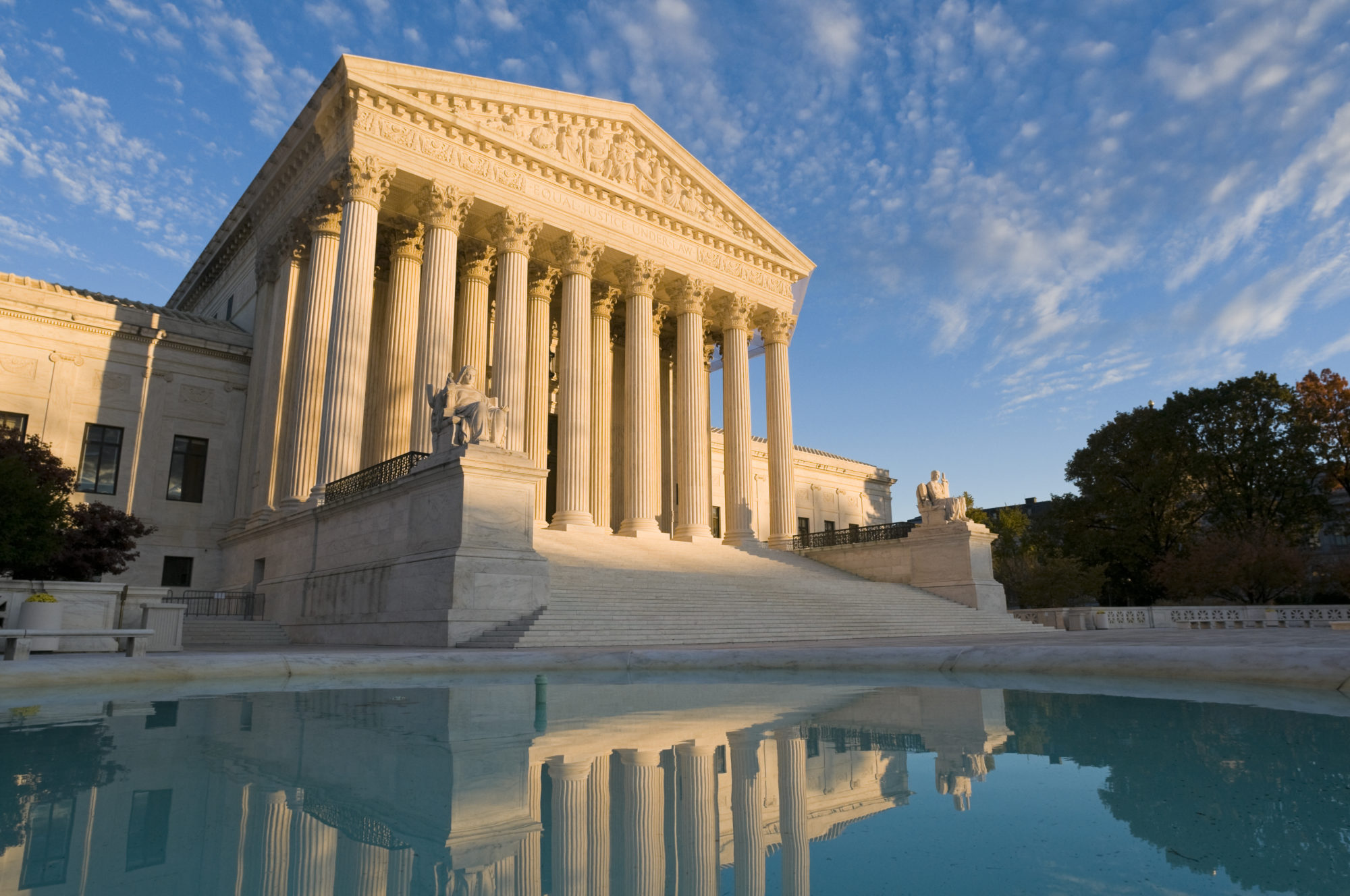Judge walks into a (Supreme Court) bar
It is reported that when Justice Breyer was told he was the second funniest justice of the 2004 Term, he said something along the lines of “being the second funniest justice is like being the shortest tall person.”
Breyer was probably referring to the lack of tough competition: as others have anecdotally judged, and we have assessed after studying all 1,100 incidents of laughter at the Court between 2010 and 2017, most humor at the Court would not muster the $50 traditionally paid by late-night shows for jokes. We saw in the last post that oral argument has become a lot funnier in the last four decades, yet even in that considerably more comedic era, being the “funniest justice” may still not be a title that anyone should aspire to—not only because the humor is mediocre, but because being number one is arguably a badge of dishonor.
The reason is that what others have called the “funniest justice” scale looks very much like a scale of which justice is the most biased in their use of humor, as the next figure shows. On the left are the justices in the modern era who get the most laughs; on the right are the justices who show the greatest laughter disagreement gap—the tendency to make jokes during the time of an advocate whom they ultimately vote against.

argument (Left); Agree/Disagree Difference in the same (Right)
There is a pretty clear correlation between being the “funniest” and being the most biased on this scale. Five of the seven justices who most often inspire laughter—Justices Scalia, Breyer, Rehnquist, Kagan, and Souter—were the top five most biased in their use of humor against advocates they end up voting against.
Not all of the so-called funniest justices are at the very top of the bias rankings, but all lie near the top in the broader historical rankings. Even less biased justices in modern terms, such as Chief Justice Roberts and Justice Gorsuch, who were third and fifth on laughs but ranked lower on the laughter bias ranking, still leave all of the justices serving in the early era far behind in terms of bias.
The secret to humor is … … timing
As we showed in our last post on this topic, laughter at the Court has significantly changed in the last four decades, increasing dramatically at the same time as the Court became more performative more generally. But that dramatic increase was not simply a product of a change in personnel: as we show in our comprehensive new study, Taking Laughter Seriously at the Supreme Court, forthcoming in Vanderbilt Law Review, the increase in laughter at the Court also stems from changes in the behavior of existing personnel. The next figure shows the rate of laughter for each justice on the Rehnquist and Roberts Courts, from the 1970s until the 2017 Term.

Of all the justices who were on the Court in this Century, it is the three with consistently low levels of laughter who are the outliers. Justice Thomas’ almost-zero level of laughter inducing episodes is unsurprising, since he barely speaks and, so, rarely gets a laugh. The other two low fliers appear to be Justice O’Connor and Justice Ginsburg, but both are only low on the humor scale compared to their modern contemporaries—when compared to all of the justices serving since 1955, Justice Ginsburg is in the top half and Justice O’Connor is very close to the top half.
Many of the other justices display an upward trend in their laughter inducing behavior. For instance, Justice Scalia, who is said to have changed oral argument when he entered the Court, actually spent his first two years getting few laughs, then had a clear consistent upward trajectory, more than doubling his laughs per argument in his later career. Similarly, coming in at number two overall, Justice Breyer also started off much lower on the laugh scale, as did Justice Stevens, Justice Kagan, Justice Alito, and Chief Justice Rehnquist—until he had a sharp drop off prior to his death.
The differences between the modern justices and the earlier justices, as well as the change within individual justices’ behavior over time, shows that laughter at the Court has changed dramatically in the modern era and strongly suggests that the shift on the Court is not simply due to personnel changes. As we have argued comprehensively elsewhere, the development of oral argument into more of a performance not only coincides with the politically polarized post-1995 period, but the level of political polarization predicts various performance behaviors, such as the justices making more comments than asking questions, interrupting, and talking more. Laughter fits that pattern too: at least in part, courtroom humor is an element of advocacy, and as we have shown, it is directed at weaker and inexperienced advocates with whom the justice tends to disagree. Laughter, in short, is a weapon, and the funniest justice is the most vicious.






You must be logged in to post a comment.